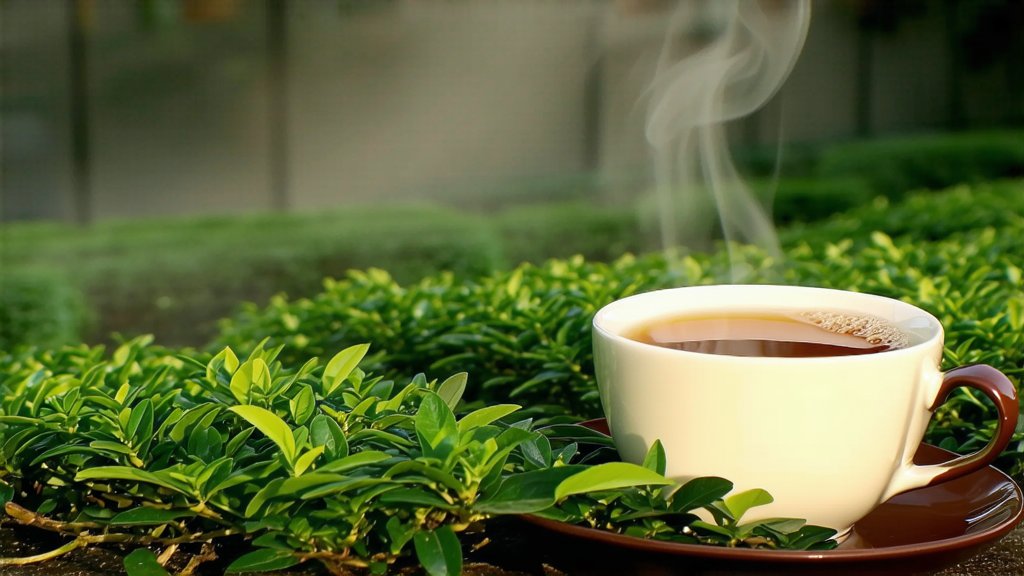
Keemun Black Tea, hailing from the picturesque Qimen County in Anhui Province, China, is a gem within the vast spectrum of Chinese tea culture. This article embarks on a journey through its rich history, diverse varieties, intricate craftsmanship, and the art of tasting this exquisite tea.
A Glimpse into History
The origins of Keemun Black Tea can be traced back to the Tang Dynasty (618-907 AD), but it gained prominence during the Qing Dynasty (1644-1912) when it became a significant part of China's tea export trade. Named after the Qimen region, Keemun has been celebrated for its unique flavor profile and high-quality leaves. Its name, "Keemun," is derived from the transliteration of "Qimen" in various languages, reflecting its international acclaim.
Varieties of Keemun Black Tea
Keemun Black Tea encompasses several distinct varieties, each with its own unique characteristics:
-
Gongmei (Kung Mee): Known as the highest grade, Gongmei consists of fine, tender leaves with abundant tips. It offers a delicate, floral aroma and a smooth, mellow taste.
-
Xianmei (Hsien Mi): Slightly less refined than Gongmei, Xianmei includes more leaves and fewer tips, providing a robust flavor with hints of orchid and fruit.
-
Jinjunmei (Golden Jun Mei): This variety features golden tips on the leaves, giving it a distinctive appearance. It boasts a rich, full-bodied flavor with notes of caramel and honey.
Each variety caters to different palates and preferences, showcasing the versatility of Keemun Black Tea.
The Art of Craftsmanship
The production of Keemun Black Tea is an art form that involves meticulous steps to ensure the highest quality:
-
Withering: Freshly harvested leaves are spread out to wilt under controlled conditions, reducing moisture content and preparing them for the next stage.
-
Rolling: The wilted leaves are then rolled to break down cell walls, allowing enzymes to interact with oxygen and initiate oxidation.
-
Oxidation: The rolled leaves are spread out to oxidize, turning their color from green to a rich coppery-brown. This process develops the complex flavors characteristic of Keemun.
-
Drying: Finally, the oxidized leaves are dried to halt further oxidation and lock in their flavors. This step also reduces moisture content, ensuring the tea's longevity.
The craftsmanship involved in producing Keemun Black Tea requires skill and experience, making each batch a testament to tradition and expertise.
The Art of Tasting
Tasting Keemun Black Tea is an experience that engages all the senses. Here’s a guide to appreciating its nuances:
-
Visual Appreciation: Observe the dry leaves for their shape, color, and uniformity. High-quality Keemun should have a consistent appearance with minimal stems and impurities.
-
Aroma: Before brewing, take a moment to inhale the dry leaves' aroma. Note any floral, fruity, or earthy scents. After brewing, appreciate the evolving fragrances released by the hot water.
-
Brewing: Use freshly drawn, filtered water heated to around 90-95°C (194-203°F). Steep the tea for about 3-5 minutes, depending on personal preference for strength.
-
Tasting: Take a sip and let the tea coat your palate. Notice the initial flavors and how they evolve. Keemun Black Tea often starts with a floral note, followed by a malty or fruity body and a lingering sweetness.
-
Aftertaste: Pay attention to the aftertaste. A well-crafted Keemun should leave a pleasant, clean finish that invites another sip.
Conclusion
Keemun Black Tea is more than just a beverage; it is a cultural heritage that embodies centuries of tradition and craftsmanship. From its storied history to the intricate processes that create its unique flavors, Keemun continues to captivate tea enthusiasts around the world. Whether you are a seasoned connoisseur or a curious newcomer, exploring the world of tea, Keemun Black Tea offers an enriching experience that speaks to the soul.